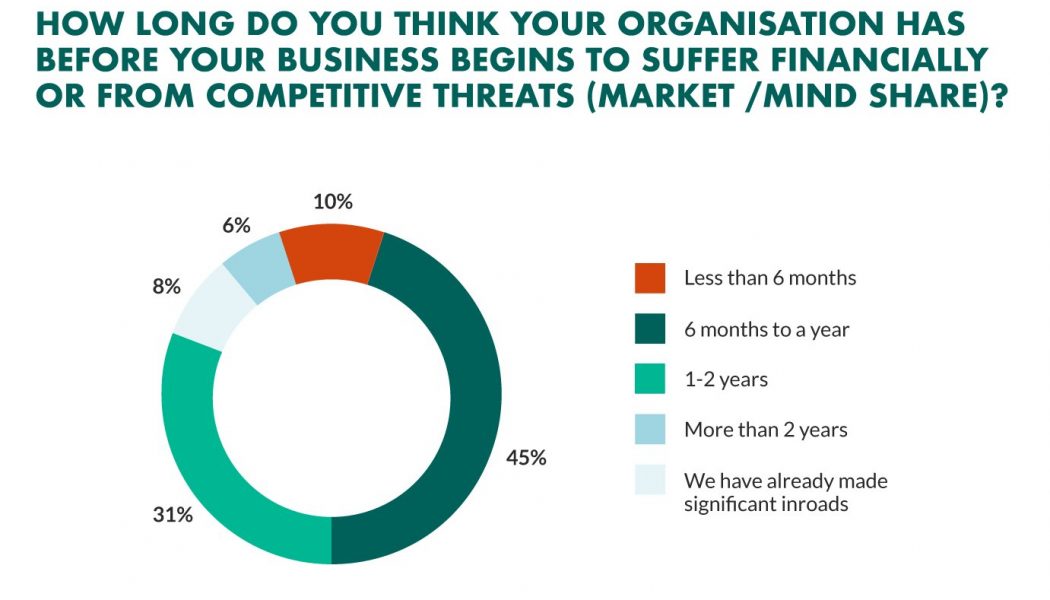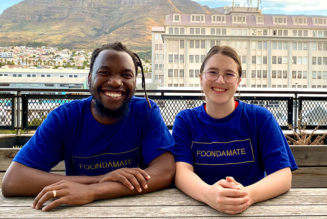South Africa’s working culture ‘cage’ was well and truly rattled earlier this year when, due to the COVID-19 hard lockdown, companies were faced with little choice but to adapt to remote working… or suffer the consequences.
“Suddenly, working from home became the only option to maintain a revenue stream,” explains Niel Steyn, division business owner – innovation at First Technology Digital, South Africa’s preferred partner for digital transformation, software consultancy and management consulting solutions and a First Technology Group company.
“One of my favourite figures of speech is ‘Every cloud has a silver lining’, and during the pandemic, finding the silver linings within the chaos and fear was arguably even more critical than during regular day-to-day life.”
“Looking at the situation from this perspective, we can say that not only have we learnt to appreciate the smaller things in life, realising that we are all in this together, but that, however minor our actions are, they could potentially have a massive effect on the world. The pandemic also forced organisations to quickly overcome the fear of working remotely and creating ‘virtual teams’,” he says.
Challenging the status quo – now more than ever
Wikipedia defines a virtual team (also known as a geographically dispersed team, distributed team, or remote team) as a group of individuals working together, but from different geographic locations, relying on communication technologies such as e-mail and video or voice conferencing services to collaborate.
In reality, Steyn clarifies, virtual teams have been around for decades but never truly gained traction because of the fear of the concept itself. “There’s no doubt that it becomes more difficult to manage people and build relationships when you’re not physically together. Cultures are created through physical collaboration between leaders, subordinates, and co-workers.
“Or are they?” he asks.
However diverse the team, they all work towards one common goal, whether it is fixing a problem, or enhancing or developing a system. “This end goal must be the foundation for any team – virtual or otherwise – and it is this objective upon which culture and camaraderie will be built.”
First Digital helps with healthy project delivery
When lockdown commenced, First Digital found that existing clients suddenly became increasingly reliant on its in-house technical skills to help internal teams navigate their way through unfamiliar waters.
One such example is a leading local private healthcare provider, which managed to keep its system enhancement project up-and-running over the hard lockdown period.
The group began using First Digital’s services just before the COVID-19 pandemic hit South Africa, meaning that when lockdown level five was implemented, its virtual team was already in place and development was well underway.
“Our client’s experience was that having to work from home did not affect their project at all, and the team was able to meet its bi-weekly Sprint targets without batting an eyelid, stating that project management by way of a virtual team, as with First Digital’s offering, is the answer to disaster management and contingency for any business,” adds Steyn.
What is the right virtual team blueprint?
“There is no clear-cut, winning recipe on how a virtual team should be structured, and experience has taught us that every project has its own culture, and that the size and composition of the virtual team will be dictated by the size of a project and the client’s specific needs,” he states.
However, Steyn says, it is possible to put together a virtual team blueprint, with a view to the expertise levels needed to ensure continued successful project delivery, regardless of circumstances. These levels of expertise could be broken down into three specific areas:
1. Head of the project
Individuals allocated to a team at this level would be responsible for the first two processes within a software development lifecycle (SDLC), namely planning and defining. They will effectively head up the project in question, leading the way for the ‘body’ and ‘tail’ of the project team to follow. This part of the team would generally comprise a project manager, business analyst, and team lead or Scrum Master.
2. Body of the project
The next steps in the SDLC are where the bulk of the effort takes place: designing and building.
Here, we would find experts such as solution architects, working in conjunction with developers, who design the layout of the system’s environment, and subsequently develop the user requirements into the system. Naturally, when it comes to smaller projects, the solution architect role can be fulfilled by the lead developer. UX (user experience) designers are also a great addition to this part of the project.
3. Tail of the project
Lastly, we have the testing and deployment phases within the SDLC process. And by no means does the phrase ‘tail of the project’ mean that these phases are any less important than the others. On the contrary, they should be considered as the most important steps, as this is the final segment before the system will go live.
It is critical, therefore, that testing be conducted by members of the project that were not part of the building phase – essentially, you cannot test your own work. Typical team members making up the tail of the project include quality assurance (QA) and UX specialists.
Virtual teams will go the distance
“Adding these types of specialists to your virtual project team can be invaluable, not only due to the deeper pool of resources suddenly available to you, but also due to scalability, performance and cost-effectivity factors. We are certainly seeing the concept of the virtual team becoming more mainstream, due to current necessity. However, this practice is certainly here to stay,” concludes Steyn.
Staff writer










